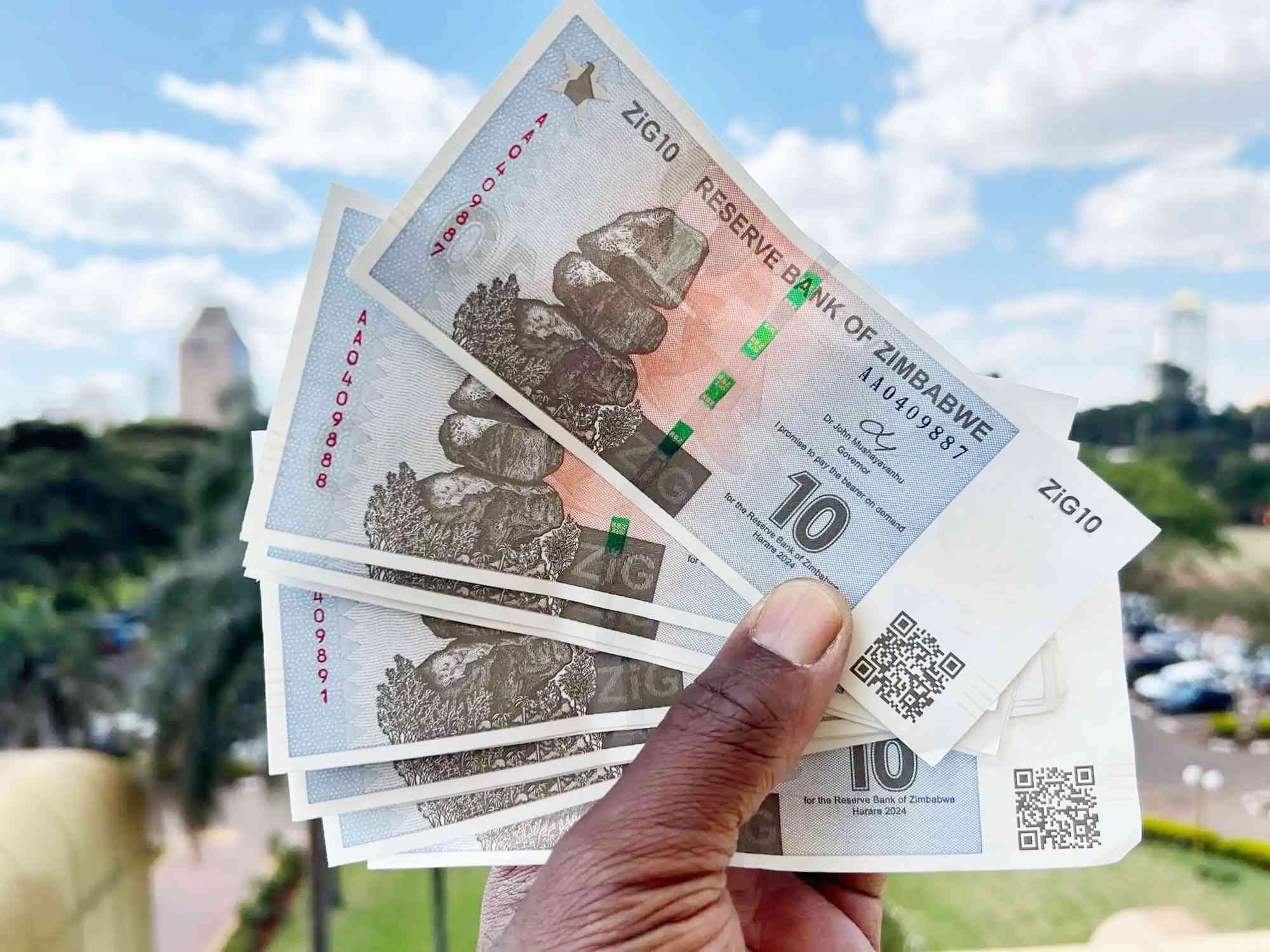
THE Zimbabwe Stock Exchange (ZSE) has suffered a 35% drop in market capitalisation (market cap) since the central bank's bold move to devalue Zimbabwe Gold (ZiG) on September 27, market data showed yesterday.
Firefighting authorities moved to calm market jitters two weeks ago, devaluing ZiG by about 43%, after black market premiums raced past the 100% mark, triggering panic in government, and across markets.
Along with the devaluation, the central bank hiked its policy rate by 15 percentage points to 35%, and increased banks’ statutory reserve thresholds to hold back liquidity and fight inflation.
The ZSE’s market capitalisation dropped to US$1,89 billion yesterday, from US$2,99 billion on September 27, the day that ZiG was devalued.
But in local currency terms, the ZSE’s market cap increased by 7% to ZiG78,15 billion during the same period.
Tafara Mtutu, senior analyst at Morgan&Co, attributed the decline to the central bank's withdrawal of liquidity from the market, rather than the devaluation itself.
"In our opinion, it is not because of the devaluation,” he told the Zimbabwe Independent.
“There are other factors at play," Mtutu explained.
- Awards target married couples
- Awards target married couples
- Stop clinging to decaying state firms
- Zim bourse in limbo
Keep Reading
He emphasised the influence of the parallel market on ZSE's volatility, particularly since many investors lacked access to official United States dollar rates.
“We have long held the sentiment that the parallel market influences dynamics or pricing on the ZSE more than the official rate, mostly because several people that play on the stock market do not have access to USD on the official front, in the sense that whenever they dispose or they sell their investments on the ZSE, they cannot go to the official market and actually get USD at the formal market rate,” he said.
“So that is why we think that dynamics in the parallel market actually weigh more in terms of ZSE's volatility than the official rate. The depreciation that we saw is mostly to do with specific transactions and specific stocks more than anything.”
Mtutu noted that the central bank's measures to contain ZiG liquidity have cushioned the effects of devaluation.
"Markets respond more to liquidity developments," he added.
The ZSE calculates market capitalisation by multiplying the previous trading day's last volume weighted average price of ordinary securities by the number of ordinary securities. This methodology provides an approximation of the market value of listed entities.
For investors, analysts said understanding the complexities of Zimbabwe's market dynamics was crucial, highlighting that the interplay between official rates, parallel markets, and liquidity can significantly impact investment decisions.
As of yesterday, top-performing sectors were financials, consumer stables, information and communication technology, and materials, while worst performing sectors were industrials, agriculture, and real estate. Stockbrokers urged investors to consider diversifying their portfolios to mitigate risks associated with Zimbabwe's volatile market.










